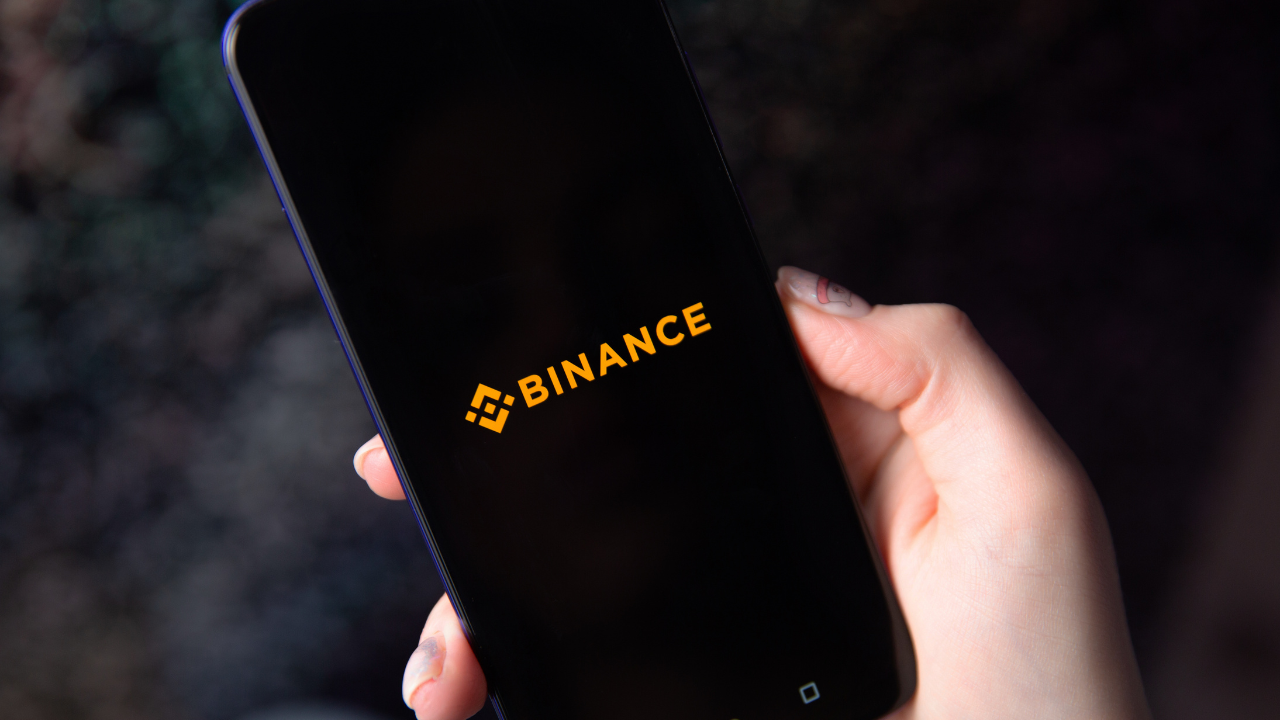The Binance Smart Chain was attacked by a hacker, what happened? Here are the causes and price collapse of the BNB crypto
On the night between Thursday the 6th and Friday the 7th of October 2022, the Binance Smart Chain was attacked by a hacker. The perpetrator managed to steal around $100 million in different cryptocurrencies. Following the attack, the Binance team took prompt action, suspending transactions on the blockchain and thus severely limiting the amount of money that could have been stolen. Find out what happened to the Binance Smart Chain during the attack on Friday the 7th October 2022 and how the exploit affected the price of the BNB crypto.
What is the purpose of the Binance Smart Chain?
The Binance Smart Chain (BSC), is a blockchain created by Binance in 2019 that co-exists with the main Binance blockchain: the Binance Chain. What is the difference between the Binance Smart Chain and the Binance Chain? Unlike the Binance Chain, the BSC is compatible with Ethereum‘s virtual machine (EVM) and allows for the creation and use of smart contracts on its ecosystem ; hence the adjective smart within the name. Among the possibilities of an EVM-compatible blockchain is that of moving your tokens, fungible and non-fungible, to all blockchains of the same type almost instantaneously. A type of decentralised application (DApp) called a bridge is used for this purpose. Bridges have become very popular lately, mainly due to the tendency of Web3 projects to expand to other blockchains and thus become cross-chain. Friday’s attack took place on such a DApp, namely on the main bridge of the Binance Smart Chain: the Binance Bridge. Through this bridge, you can send your assets almost instantaneously to many other blockchains, including those of Ethereum, Polygon, Avalanche, Cronos, and many others.
What happened to the Binance Smart Chain?
But what exactly happened to the Binance Smart Chain bridge? Someone managed to tamper with the smart contract that is responsible for calculating the amount of tokens that users possess. In doing so, he set his quantity of BNB, the Binance crypto, to 2 million units. Subsequently, the hacker sent the huge sum of money to his wallet in two transactions of 1 million BNB each, about 560 million dollars in total.
Once the hacker received the BNBs, he then moved some funds to different compatible EVM blockchains so that Binance could not block them and ‘borrowed’ stablecoins on Venus, a lending protocol on the Binance Smart Chain. Fortunately, Binance was very quick to intervene and ‘paused’ the Binance Smart Chain, freezing the hacker’s wallets. Tether, the company that created the USDT stablecoin also acted quickly by freezing the funds the hacker had borrowed on Venus. Thanks to the speed of action of the two companies, the hacker only managed to steal USDT 100 million (approximately), roughly five times less than he had initially managed to steal.
Following the event, a debate broke out among the Web3 community, especially on the Twitter social network. The debate focused on the pros and cons of centralising Binance’s chains. The crypto company in fact limited the damage by blacklisting the hacker This is nothing more than an IT action aimed at blocking the possibility of transactions on a particular wallet. And this was possible thanks to the small number of validators that the Binance Smart Chain uses to approve transactions on its network. In a more decentralised network, it would not have been so easy to freeze a user’s wallet.
The price of crypto BNB following the hacker attack
BNB is the native crypto of the Binance Smart Chain. BNB is used to pay fees for carrying out transactions and interacting with Binance’s EVM blockchain. Following the hacker, BNB lost about 5.5% of its value in just over two hours. The attack occurred just as BNB was approaching the $297 resistance. The event caused a dump for the Binance crypto, as was to be expected. This drop did not last just one day, but continued for several days, bringing BNB down to the lower end of the range in which it has been moving since early September 2022, around the $272 price area.



